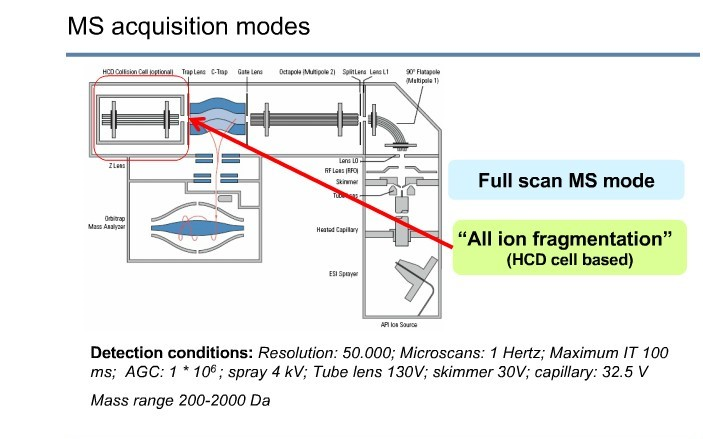Top 10 keys for a good mass spec installation:

- Sample conditioning – your mass spec (or any analyzer) provides data that is only as good as your sample conditioning. Be sure to have a good analyzer engineer review and approve your stream conditions and proposed sample conditioning.
- Stream specifications – process mass spectrometers are great for providing fast, precise measurement of known stream components, but do not help with identifying unknowns. Make sure that your project team’s customers understand this key difference between process mass spec and laboratory GC/mas specs.
- Calculations – where will your secondary values be produced? Your mass spec can provide calculated density (among many derived characteristics) based on molecular composition. Be sure that your vendor’s engineers know of any desired derived values before the Field Engineer shows up to install your analyzer
- I/O – before (way before) the analyzer has had FAT, make sure to discuss any desired I/O requirements – what can be delivered via Modbus to the DCS vs. what needs an analog in or out for local alarms and calculations
- Software – fully discuss your daily analysis requirements with your analyzer vendor contact so that the software will be properly configured to provide all automation of which it is capable
- Alarms – let your vendor know what analytical conditions should cause the analyzer to deliver an alarm to the DCS so that these can be configured pre-commissioning
- Subroutine determination – in the event of a high result on one of the monitored components, the owner may want to invoke an alternate analysis scheme. Let your mass spec contact know that invoking a subroutine is part of the expected automation capabilities
- Long range plans – making full use of the mass spec’s versatility may include adding additional streams to the analytical sequence months or years after installation. If the vendor’s project engineers know in advance the stream specs for possible added streams, the analyzer can be delivered ready to provide that additional analysis with minimal software changes (this avoids engineering expenses after delivery)
- Standards – make certain that all necessary standards are available at time of commissioning. While a full spectrum calibration is not always necessary, having one performed after installation is the proper treatment for a highly precise analyzer suitable for anchoring a plant real time optimization control scheme
- Training – avail yourself of the vendors training, even if you intend to let their engineers be responsible for routine maintenance. This will provide the basis for informed communication in the event that something comes up. Being able to solve a problem in collaboration with the vendor’s tech support is typically faster than waiting for a Field Service Engineer to arrive.
Robert Paddison Regional Sales Manager - Mass Spectrometry
Thermo Fisher Scientific
https://analyzedetectnetwork.com
